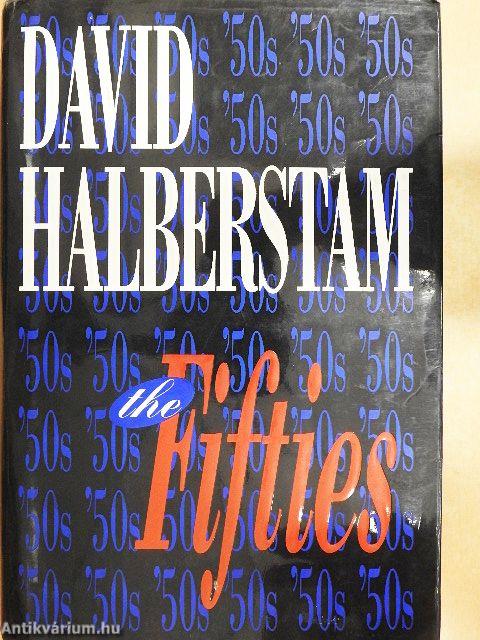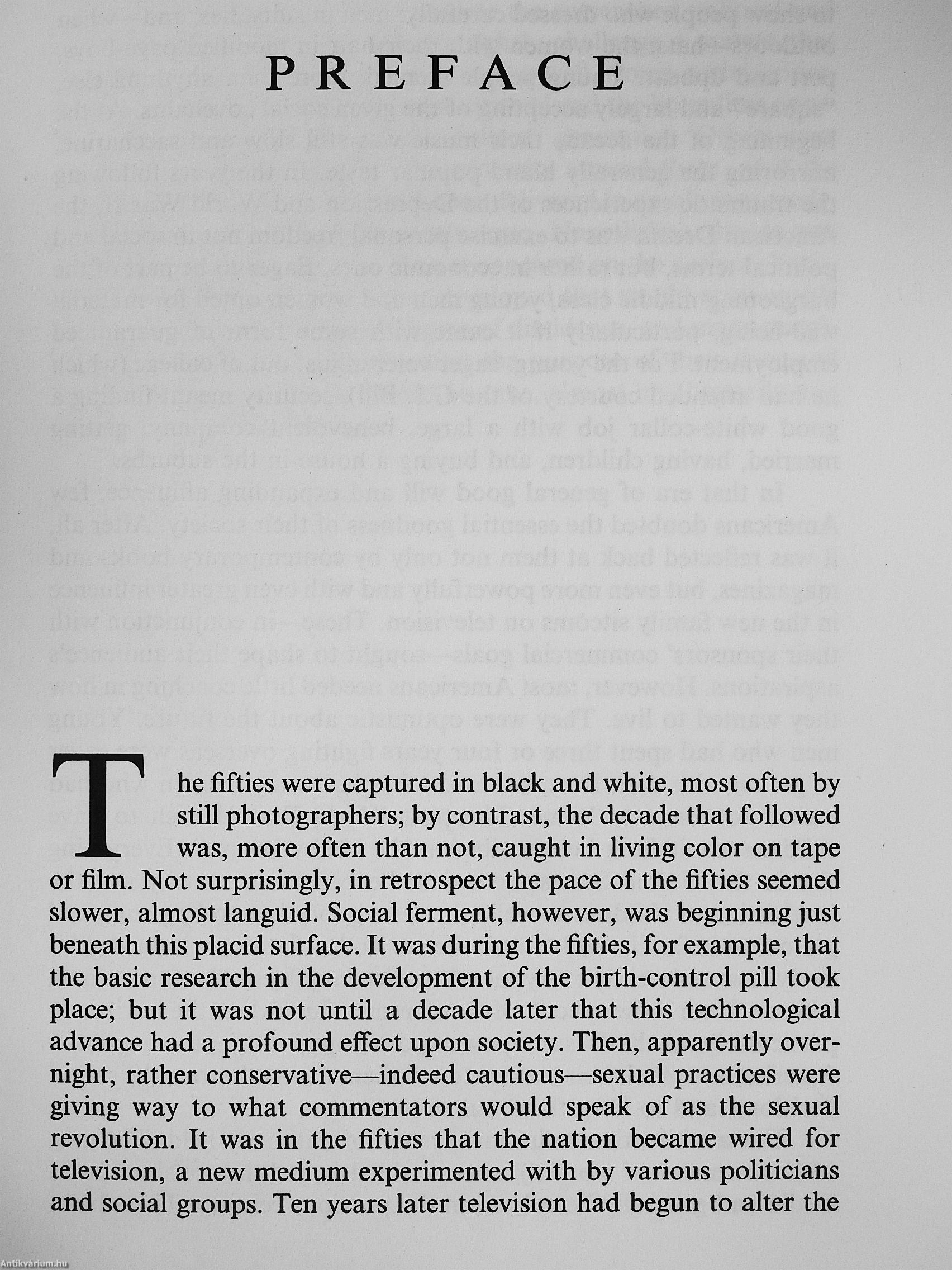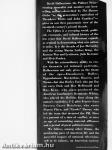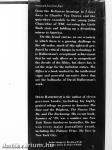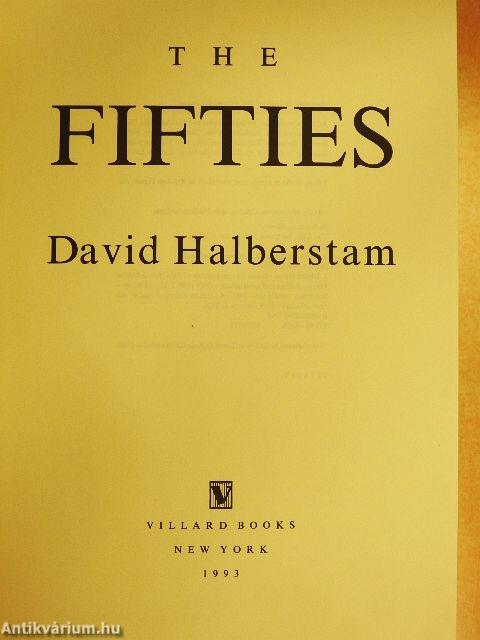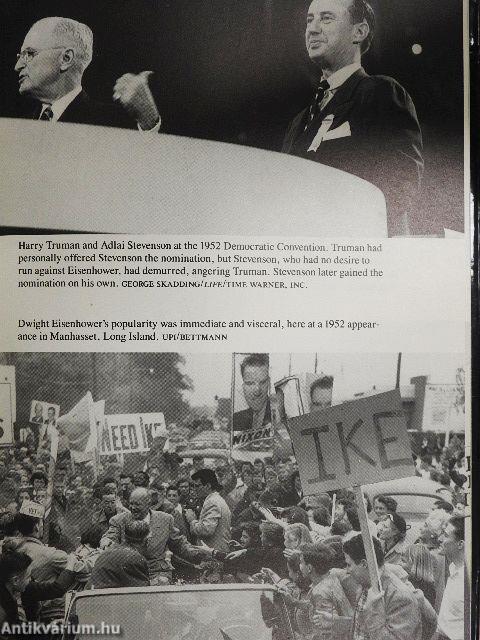1.067.358
kiadvánnyal nyújtjuk Magyarország legnagyobb antikvár könyv-kínálatát

VISSZA
A TETEJÉRE
JAVASLATOKÉszre-
vételek
The Fifties
| Kiadó: | Villard Books |
|---|---|
| Kiadás helye: | New York |
| Kiadás éve: | |
| Kötés típusa: | Vászon |
| Oldalszám: | 800 oldal |
| Sorozatcím: | |
| Kötetszám: | |
| Nyelv: | Angol |
| Méret: | 24 cm x 16 cm |
| ISBN: | |
| Megjegyzés: | Fekete-fehér fotókkal. |
naponta értesítjük a beérkező friss
kiadványokról
naponta értesítjük a beérkező friss
kiadványokról
Előszó
TovábbFülszöveg
David Halberstam, the Pulitzer Prize-wiiming journalist and number one best-selling auUlior—described by The Boston Globe "as thi^ generation's equivalent of Theodore White and John Gunther"— gives us our first panoramic view of the twentieth century's pivotal decade.
The Fifties is a sweeping social, political, economic, and cultural history of the ten years that David Halberstam regards as seminal in determining what our nation is today. It is the decade of Joe McCarthy and the young Martin Luther King, the Korean War and Levittown, Jack Kerouac and Elvis Presley.
With his extraordinary ability to create dramatic yet intimate portraits, Halberstam not only gives us the titans of the age—Eisenhower, Dulles, Oppenheimer, MacArthur, Hoover, and Nixon—but also Harley Earl, who put fins on cars; Dick and Mac McDonald and Ray Kroc, who mass-produced the American hamburger; Kemmons Wilson, who placed his Holiday Inns along the nation's roadsides; U-2 pilot Francis Gary Powers; Grace... Tovább
Fülszöveg
David Halberstam, the Pulitzer Prize-wiiming journalist and number one best-selling auUlior—described by The Boston Globe "as thi^ generation's equivalent of Theodore White and John Gunther"— gives us our first panoramic view of the twentieth century's pivotal decade.
The Fifties is a sweeping social, political, economic, and cultural history of the ten years that David Halberstam regards as seminal in determining what our nation is today. It is the decade of Joe McCarthy and the young Martin Luther King, the Korean War and Levittown, Jack Kerouac and Elvis Presley.
With his extraordinary ability to create dramatic yet intimate portraits, Halberstam not only gives us the titans of the age—Eisenhower, Dulles, Oppenheimer, MacArthur, Hoover, and Nixon—but also Harley Earl, who put fins on cars; Dick and Mac McDonald and Ray Kroc, who mass-produced the American hamburger; Kemmons Wilson, who placed his Holiday Inns along the nation's roadsides; U-2 pilot Francis Gary Powers; Grace Metalious, who wrote Peyton Places and "Goody" Pincus, who led the team that invented the PUl. Here is a portrait of a time of conflict, at once an age of astonishing material affluence and a period of great pohtical anxiety.
We follow, among other things, the quickening pace of American life and the powerful impact of national television, still in its infancy, on American society:
(continued on bade flap)
(continued from front flap)
from the Kefauver hearings to I Love Lucy to Charles Van Doren and the quiz-show scandals to the young John Chancellor of NBC covering the Little Rock riots and holding up a disturbing mirror to America.
On this broad canvas, we see a society in which there is a growing challenge to the old order, much of this upheaval produced by critical changes in technology. It is Halberstam's exceptional achievement that he not only allows us to comprehend the, decade of the fifties, but shows how it set^the stage for the turbulent sixties. The Fifties is a book marked by the intellectual vigor and powerful narrative drive that are the hallmarks of David Halberstam's
David HalberSTAM is the author of eleven previous books, including his highly praised trilogy on power in America: The Best and the Brightest, The Powers That Be, and The Reckoning. His recent book. Summer of '49, was a number one New York Times hardcover bestseller. He has won every major journalistic award, including the Pulitzer Prize. He lives in New York City.
Jacket design by Bradford Fbllz Author photo by Bruce Plotkin Vissza
Témakörök
- Idegennyelv > Idegennyelvű könyvek > Angol > Művelődéstörténet
- Idegennyelv > Idegennyelvű könyvek > Angol > Történelem > USA története
- Művelődéstörténet > Civilizációtörténet > Amerikai
- Művelődéstörténet > Kultúra > Története
- Történelem > Idegennyelvű > Angol
- Történelem > Kontinensek szerint > Amerika, amerikai országok története > Észak-Amerika
- Történelem > Legújabb kor > A hidegháború kora (1946-1991)
- Történelem > Monográfiák > Világtörténelem



